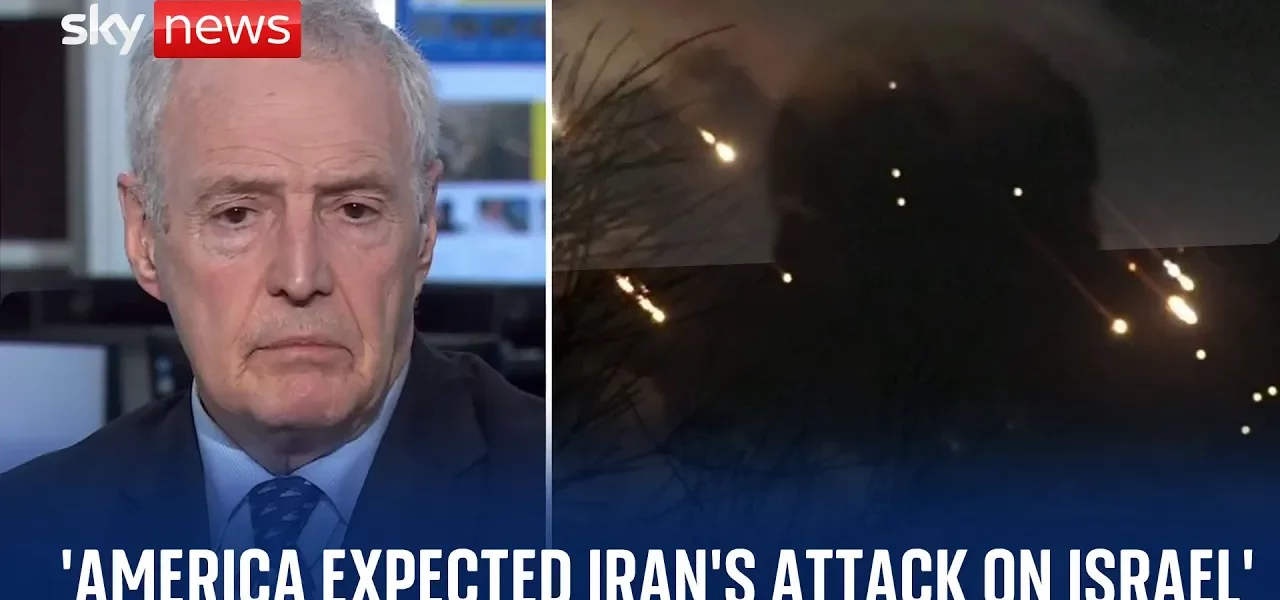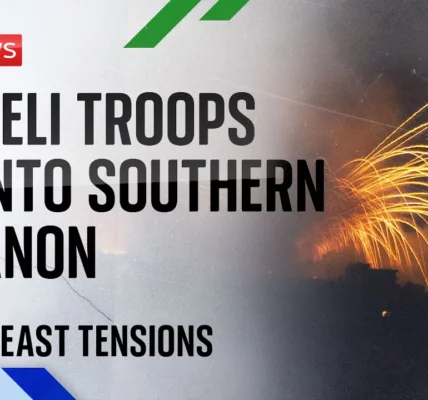Military Tensions: Analyzing Iran’s Actions and Missile Defense Systems

This article delves into the recent military tensions involving Iran, Israel, and U.S. forces, exploring the implications of missile defenses and the strategic responses by various actors in the region.
Introduction
The geopolitical landscape surrounding Iran, Israel, and the United States has become increasingly complex in light of recent military escalations. As various Iraqi militias and Hamas publicly praise Iran’s actions against Israel, the potential for armed conflict raises significant concerns. This article examines the current situation, focusing on the missile defense systems employed by Israel and the strategic implications for U.S. forces stationed in the Middle East.
Recent Developments in Military Tensions
Recent statements from Iraqi militias and Hamas indicate a unified front praising Iran’s military initiatives. They have warned of potential repercussions should Israel retaliate, particularly if the U.S. supports Israel’s military actions.
Threats to U.S. Bases
The Iraqi militias have claimed that U.S. bases in the region could become targets. This follows a pattern observed over the years where U.S. facilities have faced attacks, often in response to perceived aggression against allied forces.
- Approximately 40,000 U.S. troops are deployed across the Middle East.
- Key bases are located along the Iraqi-Syrian border, aimed at combating groups like ISIS.
- Major installations include the Al Udeid Air Base in Qatar, a critical hub for U.S. operations.
Missile Interception Systems
Israel’s missile defense capabilities are sophisticated and multilayered, designed to counter various threats, ranging from ballistic missiles to drones.
The Iron Dome System
The Iron Dome is Israel’s primary defense mechanism against short-range threats. Its operational strategy includes:
- Tracking incoming missiles and determining their projected landing zones.
- Intercepting threats deemed significant while allowing less harmful missiles to land harmlessly.
Ballistic vs. Cruise Missiles
Understanding the distinction between ballistic and cruise missiles is crucial for assessing interception strategies.
- Ballistic Missiles: Once launched, these missiles follow a predictable arc, making them easier to track and anticipate.
- Cruise Missiles: More complex in their flight path, these missiles can maneuver and are harder to predict, necessitating immediate interception efforts.
Operational Dynamics and Responses
The dynamics of missile interceptions involve not only technology but also strategic decision-making. The Israeli Defense Forces (IDF) employ various systems, including:
David’s Sling and Arrow Systems
In addition to the Iron Dome, Israel’s defense framework includes:
- David’s Sling: Designed for medium to long-range threats.
- Arrow: A system aimed at intercepting ballistic missiles at higher altitudes.
These systems collectively enhance Israel’s ability to respond to diverse aerial threats while managing the cost associated with intercepting less significant targets.
Current Status and Future Implications
As the situation evolves, both Israel and Iran’s military strategies will be closely monitored. The IDF has reported intercepting a significant number of missiles launched towards Israel, though Iranian state media claims otherwise.
The Role of International Allies
The U.S. continues to support Israel’s right to defend itself, which has geopolitical implications:
- Potential escalation of military actions in the region.
- Increased diplomatic pressure on Israel to seek de-escalation and ceasefire solutions.
Understanding these dynamics is essential for evaluating the broader implications for regional security and international relations.
Conclusion
The current military tensions involving Iran, Israel, and U.S. forces are indicative of a complex geopolitical landscape. While Israel’s missile defense systems, including the Iron Dome, are effective, the unpredictable nature of missile threats necessitates ongoing vigilance and strategic adaptability. As the situation unfolds, it is crucial for all parties to navigate these tensions with caution to avoid further escalation. For ongoing updates and analyses, stay tuned to our website for detailed insights on military strategies and international relations.
“`




